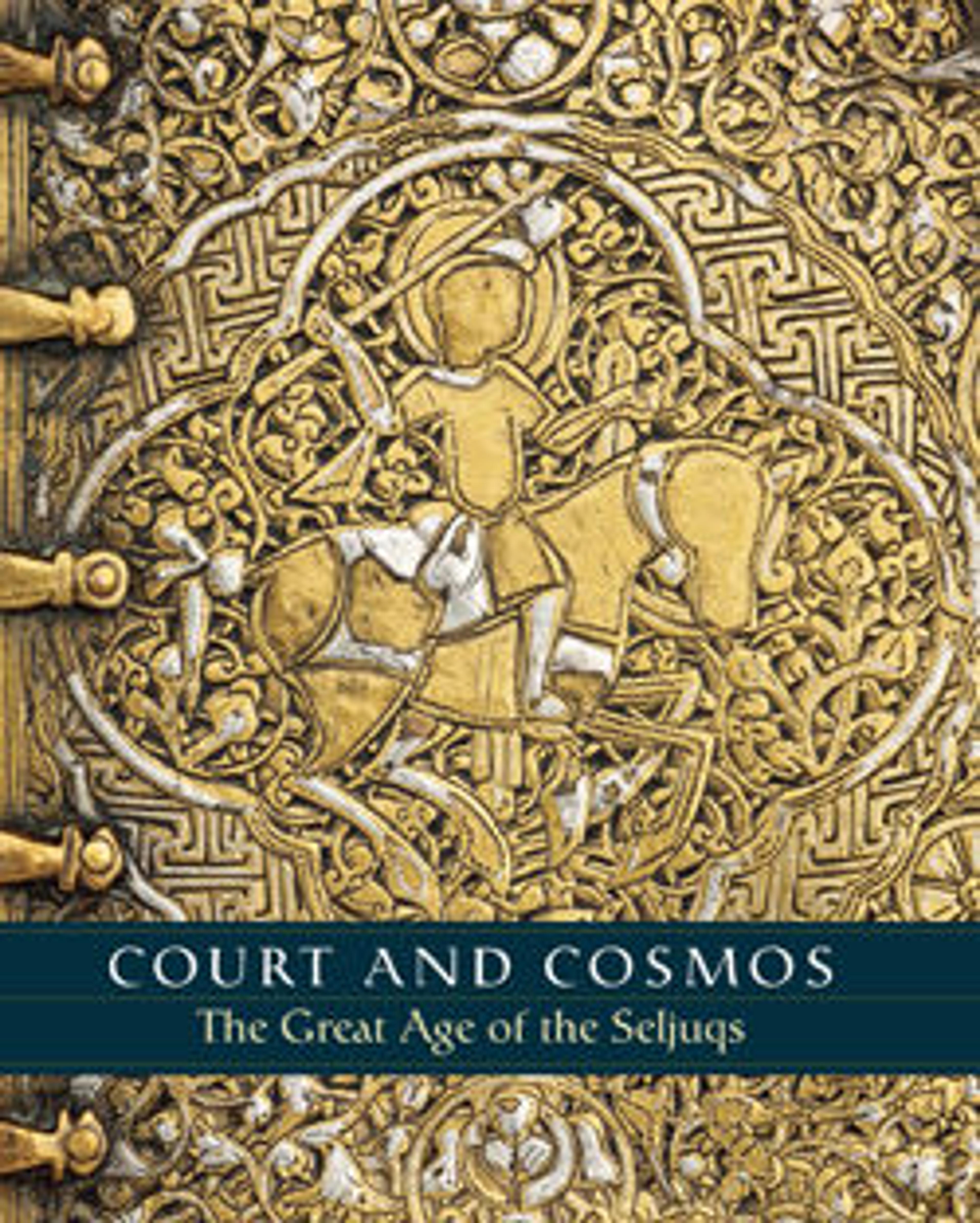Roundel
This splendid gold roundel exemplifies the refinement of Seljuq goldsmithing by virtue of its construction and combination of techniques. The filigree on the surface is laid on a ground of thin, gold strips arranged in concentric circles, a technique influenced by contemporaneous jewelry from Syria and the Fatimid dynasty in Egypt. The object resembles a sunburst, and its central element, now lost, might have been a gem or gold dome surrounded by six stars, symbolizing the planets. It could have been sewn onto a man’s headdress, as seen in images of Seljuq grandees.
Artwork Details
- Title: Roundel
- Date: 11th century
- Geography: Made in Iran
- Medium: Gold; filigree, granulation
- Dimensions: D. 3/16 in. (0.5 cm)
Diam. 2 13/16 in. (7.1 cm)
Wt. 0.9 oz. (25.5 g) - Classification: Jewelry
- Credit Line: The Alice and Nasli Heeramaneck Collection, Gift of Alice Heeramaneck, 1980
- Object Number: 1980.344
- Curatorial Department: Islamic Art
More Artwork
Research Resources
The Met provides unparalleled resources for research and welcomes an international community of students and scholars. The Met's Open Access API is where creators and researchers can connect to the The Met collection. Open Access data and public domain images are available for unrestricted commercial and noncommercial use without permission or fee.
To request images under copyright and other restrictions, please use this Image Request form.
Feedback
We continue to research and examine historical and cultural context for objects in The Met collection. If you have comments or questions about this object record, please contact us using the form below. The Museum looks forward to receiving your comments.
